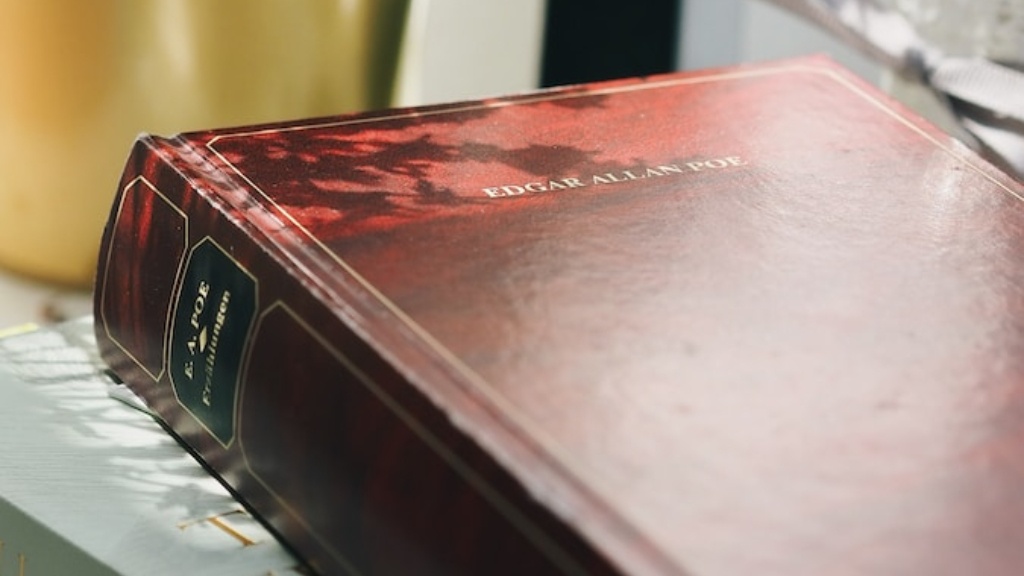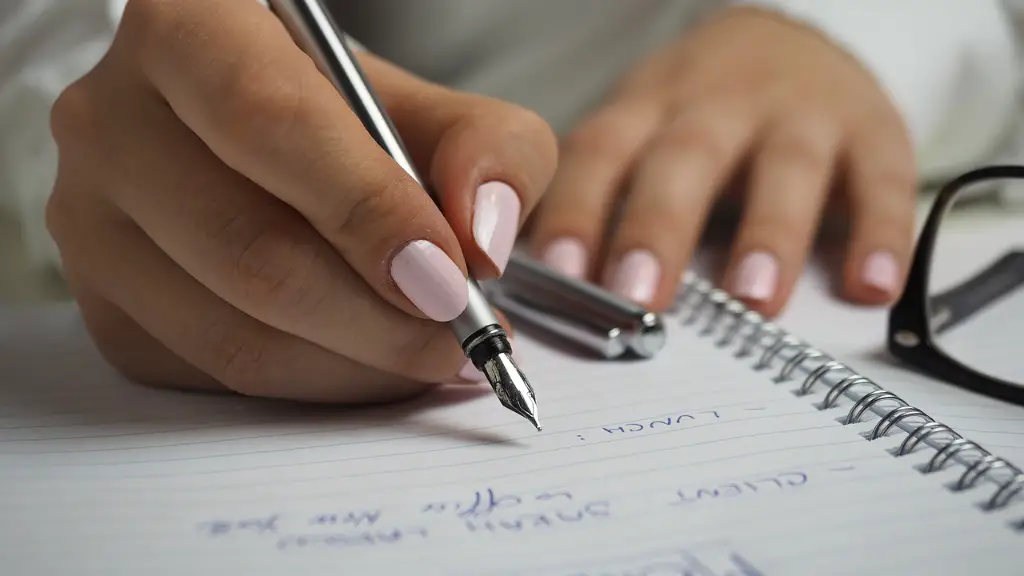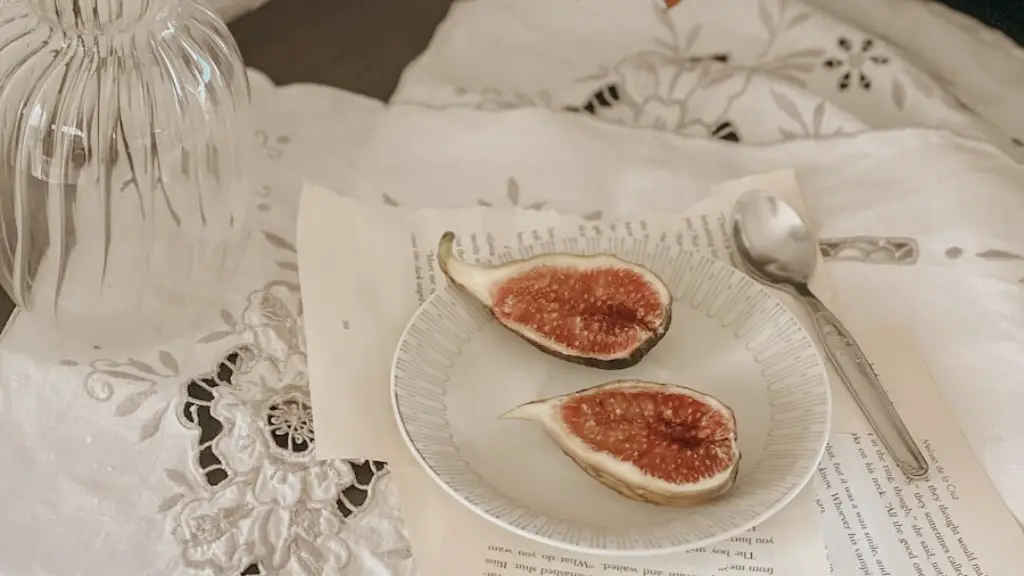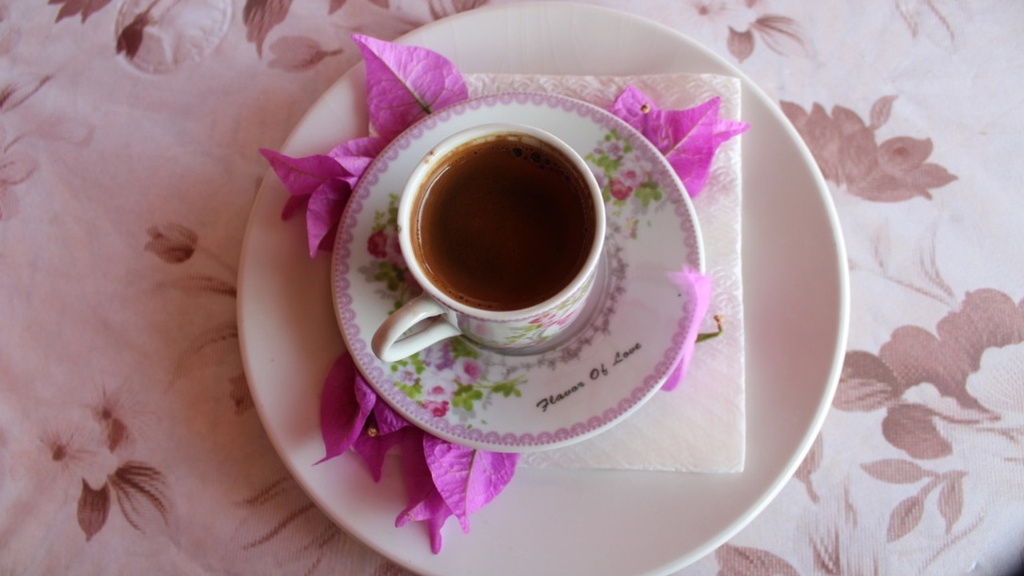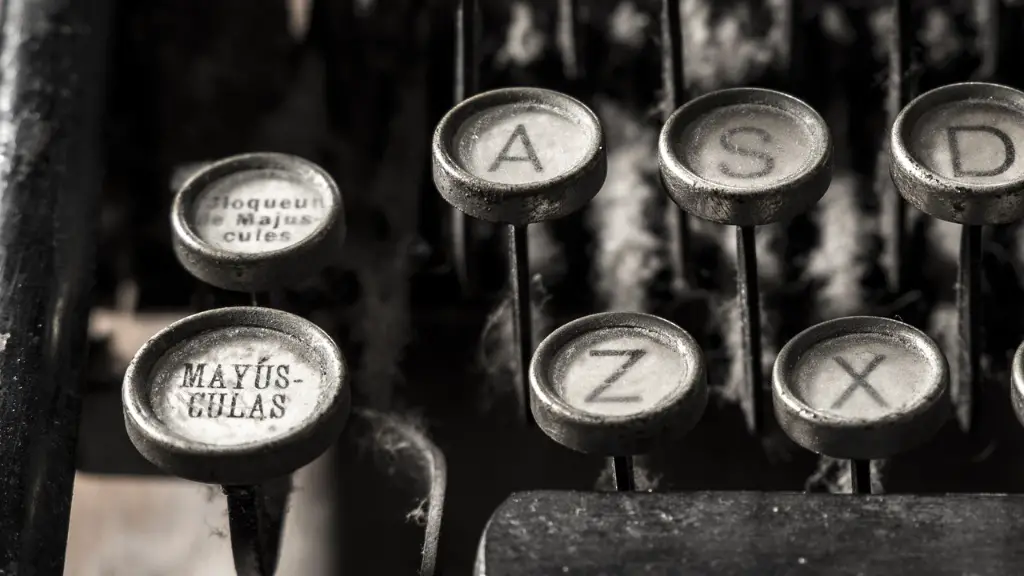Overview
When people think of poetry, they often do not realize that there are different types and that each type follows a specific structure, form, rhythm, and style. The three types of poetry are lyrical poetry, narrative poetry, and dramatic poetry. Understanding each type of poem is important since they are often taught in both English and literature classes. By understanding the differences between each type of poetry, the reader is able to quickly understand the format and purpose of the poem.
Lyrical Poetry
Lyrical poetry is the most popular type of poetry and is the type most likely taught in grade school. Lyrical poetry is about expressing thoughts, feelings, and emotions. It does not tell a story; rather, it metaphorically conveys what the writer is feeling at the time. Common formats for lyrical poetry are sonnets, haikus, and free verse. To be classified as lyrical, a poem should focus heavily on the poet’s inner workings of thoughts and feelings, without a clear plot, narration, or story.
A great example of lyrical poetry is “The Road Not Taken” by Robert Frost. In his poem, Frost is using the metaphor of a fork in the road to describe two different paths in life and the decision he had to make. The poem does not contain a story or character; rather, it speaks to the reader’s own experiences and communicates the feeling of making difficult decisions.
Narrative Poetry
Narrative poetry is the second most popular type of poetry and is often mistaken as lyrical poetry. Narrative poetry tells a story and often contains characters, actions, and plot. These poems tend to be long, often ten or more stanzas, and follow the same form and style, such as ballads and epics.
An example of narrative poetry is the English poet John Milton’s “Paradise Lost.” It follows the story of Adam and Eve and was meant to be read allegorically. It follows the same form and structure as an epic with a multitude of characters, a long plot, and a singular overarching theme that binds the poem together.
Dramatic Poetry
Dramatic poetry is often mistaken as narrative poetry since they both contain characters, plots, and action. The major difference is that dramatic poetry is written in the form of a play and usually contains dialogue between two or more characters. Dramatic poetry is meant to be read aloud by the reader for full effect.
An example of dramatic poetry is the play “Oedipus Rex” by Sophocles. The play follows the same form and structure as a typical play, with a multitude of characters, a plot that unfolds as the characters interact, and dialogue throughout.
Form/Style Differences
The main difference between lyrical, narrative, and dramatic poetry lies in the form or style of the poem. Lyrical poetry is typically written in a free verse form with the main focus being on the poet’s feelings and expression. Narrative poetry typically follows the same form and style such as ballads and epics. Finally, dramatic poetry is written in the form of a play and contains dialogue between two or more characters.
Understanding the differences between each type of poetry as well as the form/style of each type makes it easier to identify the type of poem. It also alleviates confusion since each type follows a different structure.
Analysis
Though each type of poetry has its own structure and purpose, many poems borrow elements from more than one type. For instance, the poem “The Raven” by Edgar Allan Poe contains elements of both lyrical and narrative poetry. The poem contains lyrical elements that focus mainly on the writer’s emotions, yet it also contains a story, characters, and a plot.
In addition, poems can contain elements from all three types of poetry. For example, the play “Romeo and Juliet” by William Shakespeare contains elements of lyrical poetry (expressing emotions), narrative poetry (story, characters, plot), and dramatic poetry (written as a play, with dialogue).
Expert Perspectives
Though poets often use elements of all three types of poetry, there is also a deep divide when it comes to form, style, and structure. Many experts argue that though the types of poetry have been broken down into three distinct categories, there is also a realm in which the distinction is blurred and poets have freedom to choose various forms and styles.
David Lehman, a professor of poetry at New York University, argues that poets should embrace the freedom to choose whatever form or style they choose when writing a poem. He states: “Poets should embrace the idea of experimentation, of trying different forms and styles, and never be afraid to explore new ideas and concepts.”
Personal Insights
As both a poet and reader, I have come to appreciate the nuances and complexities that come with understanding each type of poetry. Though there are distinct differences between the three, the key is to understand the purpose of the poem and the meaning the poet wishes to convey.
From my experience, I have come to see the importance of understanding the differences between the three, as well as learning to identify elements of all three in a single poem. By understanding the nuances of each type of poetry, the reader is able to get the full impact and experience of the poem.
Final Thoughts
In conclusion, understanding the differences between the three types of poetry— lyrical, narrative, and dramatic— as well as the form, style, and structure of each type is key to appreciating, understanding, and interpreting a poem. While each poem may contain elements of all three types, it is important to identify the type of each poem so that the meaning, message, and impact can be discerned and appreciated.
